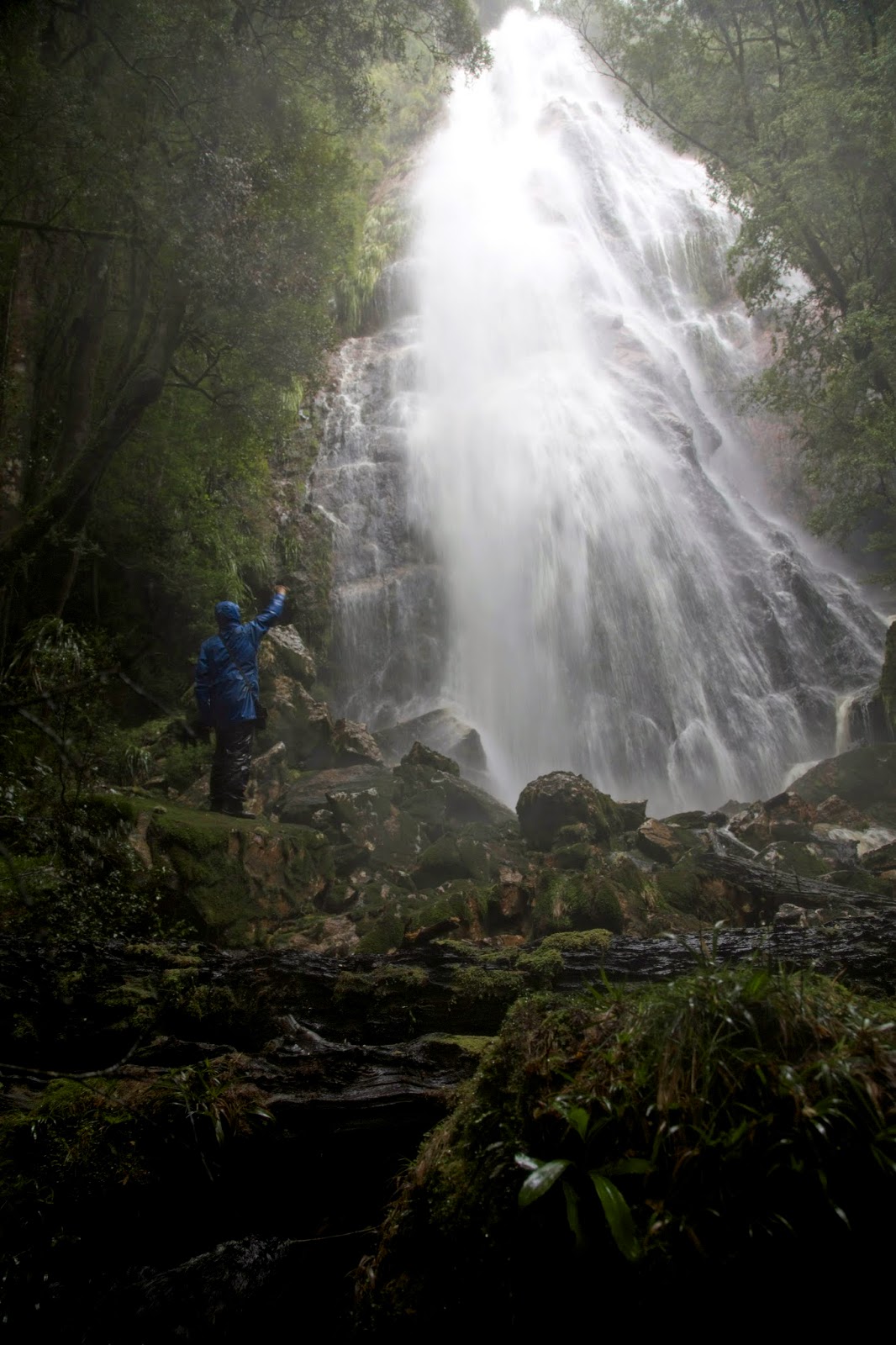Grounded: (adjective) sensible and down-to-earth; having
one's feet on the ground; (verb) to confine (a child) to the house as a
punishment. (Collins Dictionary)
For the
past 6 weeks I’ve been grounded. In the aftermath of our Mt Anne “epic”, and the
ankle injury I sustained there, I’ve had to be very sensible about how I put my
feet on the ground. And it has involved enough confinement to make it feel like
a punishment.
 |
[Let me outa here! I need to walk!] |
The backstory
can be found here Mt Anne Epic Part 2. But to put it simply, politely, I badly sprained my ankle. According to the
physiotherapist I probably tore my soleus muscle. This lurks somewhere beneath
the Achilles tendon, near quite a few other equally unpronounceable bits and
bobs. And I didn’t confine the damage to that muscle. The harm from the initial
twist spread to quite a few other unnamed parts, thanks to the steep, rough and
hot 10 hour hobble back to the car. It all hurt, and I could barely walk for
two days after getting home.
So while
the summer variously sizzles and fizzles itself out, I’ve been slowly recuperating.
It has involved more “thou shalt nots” than “thou shalts”. I can do
some simple (and boring) physio exercises and I can wear an ankle support
brace. But I can’t run, and I can’t walk anywhere too rough. Nor can I walk very far or carry much weight on my back. And that has meant no overnight bushwalks
since early January.
So what
does a passionate walker do, at the height of the walking season, when that activity is curtailed? For a start I dream of
walking. I pore over maps, plotting and planning walks that I WILL DO when … I also walk
vicariously, listening to friends talking about their trips, reading others’
accounts of their walks.
My
dreamwalking is always being fed by books. But during my recent confinement, Tom Carment and Michael Wee’s “Seven
Walks: Cape Leeuwin To Bundeena” has happily filled a void. As well as its beautiful and artful
presentation, I am enjoying its spare, wry observations about bushwalking in
Australia. I laughed, for instance, at Carment likening the randomly gathered walkers
on the Overland Track to “the cast of their own six-day play.”
English
poet Simon Armitage’s “Walking Home” is a delightful take on the long distance
Pennine Way. Armitage walks from the Scottish border to his Yorkshire home, giving
poetry readings each evening in return for his bed and board. It’s probably
only the English weather that creates any semblance of adventure here. But this
book is more about the characters and places Armitage meets along the way than it is about the walk itself.
“Tramping:
A New Zealand History” by Shaun Barnett and Chris Maclean is a monumental – and
beautifully illustrated – account of tramping in New Zealand. This is a book to
dip into endlessly, whether to learn the origins of the word “tramp”; to hear
of the unique place of huts in NZ walking; or to admire the feats of pioneers
crossing the Southern Alps. I managed to bring the book back from New Zealand
late last year as “hand luggage”. If you want to try the same, I’d suggest you
do some arm strengthening exercises. This wonderful book weighs in at almost
2kg!
Despite
this wealth of indirect experience, I've concluded that it’s only actual walking that
is properly good for your body and soul. So last weekend I donned my boots – and my ankle
brace - and fought off my growing cabin fever via an exploratory walk on the mountain.
It involved some steep, rough slopes (don’t tell my physio!), but the reward was
the discovery of two mountain huts I’d never been to. I survived the walk well enough to imagine that my next book just might be a bushwalker's log book!




















